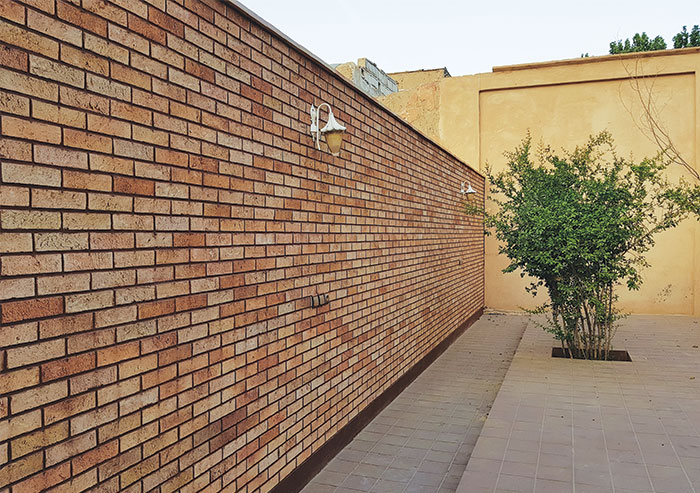Brick manufacturing is an ancient craft that has evolved into a sophisticated industrial process over time. The production of bricks involves several crucial stages, from the extraction of raw materials to the final firing in kilns. Understanding this process is essential for both manufacturers and consumers looking to use bricks in construction projects.
Step 1: Collection of Raw Materials
The first step in brick manufacturing is the collection of raw materials. Traditionally, bricks are made from natural sources like clay, shale, and concrete. In some regions, brick manufacturers use loam and sand to create specific textures. The quality and composition of the raw materials directly affect the durability and appearance of the bricks. Clay is the most commonly used material due to its moldability and thermal properties. Manufacturers often test the clay to ensure it meets the required standards for brick-making.
Step 2: Preparation and Mixing
Once the raw materials are collected, they are prepared for molding. The preparation phase involves crushing large chunks of material and screening it to remove impurities like stones and organic matter. The raw materials are then mixed with water in precise proportions to create a moldable mass. The consistency of this mixture is crucial, as it impacts the final product’s strength and shape. In many modern manufacturing facilities, machines handle this part of the process to ensure uniformity.
Step 3: Molding the Bricks
Molding is the stage where bricks are shaped. This can be done using several methods, including hand molding, machine molding, or extrusion. In the case of hand molding, workers manually shape each brick using molds. This method is labor-intensive and is primarily used for specialized or decorative bricks. Machine molding is more common in industrial production, where large volumes of bricks are needed. In this process, the brick mixture is placed into molds, and hydraulic presses are used to shape the bricks uniformly.
Step 4: Drying
Once molded, the bricks must be dried to remove excess moisture. This step is vital because firing wet bricks can cause them to crack or warp. The drying process usually takes place in specially designed drying chambers, where the bricks are exposed to controlled air circulation and temperature. The drying time can range from 24 to 48 hours, depending on the size and type of brick being produced.
Step 5: Firing the Bricks
The final stage in brick manufacturing is firing. Bricks are fired in kilns at temperatures ranging from 900°C to 1200°C, depending on the type of brick. The firing process hardens the bricks, making them strong and durable. Modern brick kilns use automated controls to regulate temperature and ensure consistent results. Some kilns even recycle heat, making the process more energy-efficient.
Conclusion
The process of brick manufacturing is intricate and requires attention to detail at every stage. The quality of the final product depends on the raw materials, preparation, molding, drying, and firing methods used. Today’s brick manufacturers combine centuries-old techniques with modern technology to produce high-quality, durable bricks for construction projects worldwide.



